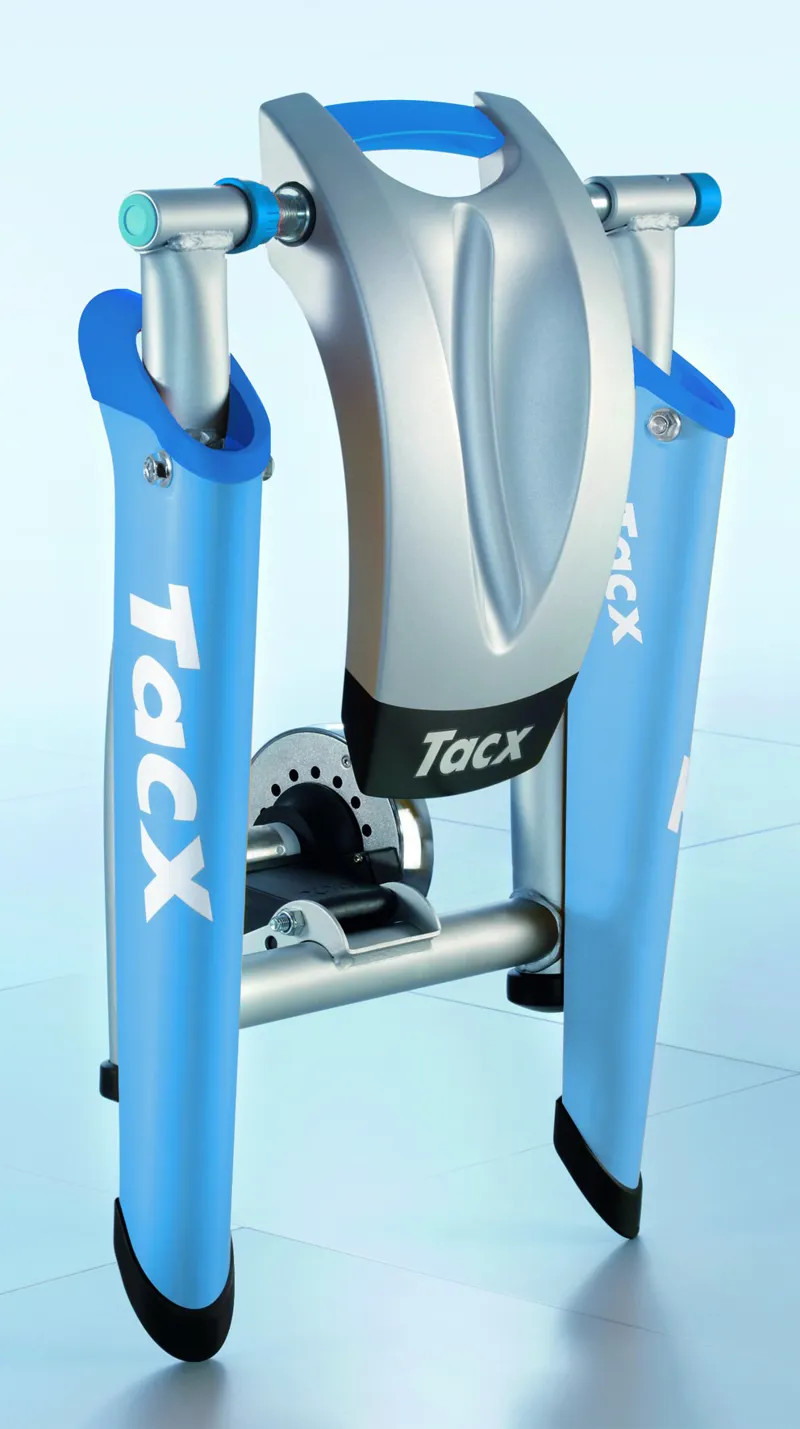
By placing your mouse cursor over the Classifier Taxonomy Tree and using the mouse right click function. The second method available is the “right click context menu”. The first method for creating a custom category or data classifier on your data is by selecting the relevant function button from the toolbar located above the Classifier Taxonomy panel. Satori enables you to add and define your custom data classifiers by utilizing two methods of implementation. The Satori custom data classification mechanism is designed to provide you with the ability to extend and enhance the Satori classification system by enabling you to create additional categories and data classifiers specific to your business or organization.

You can not modify the Satori Platform taxonomy tag categories or their classification tags. The Satori taxonomy is predefined by Satori. Out-of-the-box Satori Classification Taxonomy Satori’s Custom Data Classification system enables organizations to configure Satori to automatically classify custom data types specific to a domain or data model. Satori organizes these classification tags into a simple hierarchical structure called a taxonomy. These data types include, Email, Person Name, Credit Card and Social Security Number. Satori comes with a built-in data classification system that automatically classifies the data in your data stores into common data types. The change is then audited and made available via the Satori audit view. You must provide a reason for the classification change in the notes input field provided. NOTE: The location details pane extends out on the right side of the Satori interface.
Satori scope plus#
The second, is by adding a new classifier to a dataset location by clicking on the plus icon to the right of each data field row. The first, is by clicking on the hyperlink for a specific classifier in the field name column of the table. All previous data for this classifier will be reflected in the audit log according to the previous classifier configuration. Thus your audit log will reflect the change only from the time of the change. NOTE: If you decide to make a change to a classifier you are resetting its configuration. There are two methods for making classification changes. Satori enables you to make a classification changes. You can switch between the locations tree and the taxonomy tree from the toolbar.Ĭlicking on a tree item filters the table to show the selected item, clicking clear resets the tree to show all the trees content. The Data inventory view provides you with two methods of viewing the inventory of your organization's data. Viewing the Locations and the Classifier Taxonomy Trees In cases where the data owner is required to manually fine tune classifications, the data inventory view also serves as an interface for either adding / removing classifications.
Satori scope manual#
The classification engine alleviates most of the manual toil involved in maintaining an up to date data inventory. The classification is based on Satori algorithms that utilize data, schema and ML based analysis methods.


The classification process is performed automatically when data traverses the Satori DAC by analyzing the queries and the results. The data inventory is enabled by default, a data inventory is created once the database queries are generated by Satori. By analyzing queries and data traversing the Satori Data Access Controller, the system is able to generate the data inventory model as well as classify the accessed data. The Satori data inventory does not require periodic scanning or database credentials. The data inventory provides a holistic view of the organization's sensitive data and access patterns and is augmented by powerful navigation, filtering and search functions How does it work? Satori’s Data Inventory dynamically creates an inventory of the organization's data, featuring the built-in Satori classifications. Resetting the Classifier (Right Click Menu) Out-of-the-box Satori Classification TaxonomyĪdding Custom Categories and Data Classifiers Making Classification Changes - Locations Details Pane


 0 kommentar(er)
0 kommentar(er)
